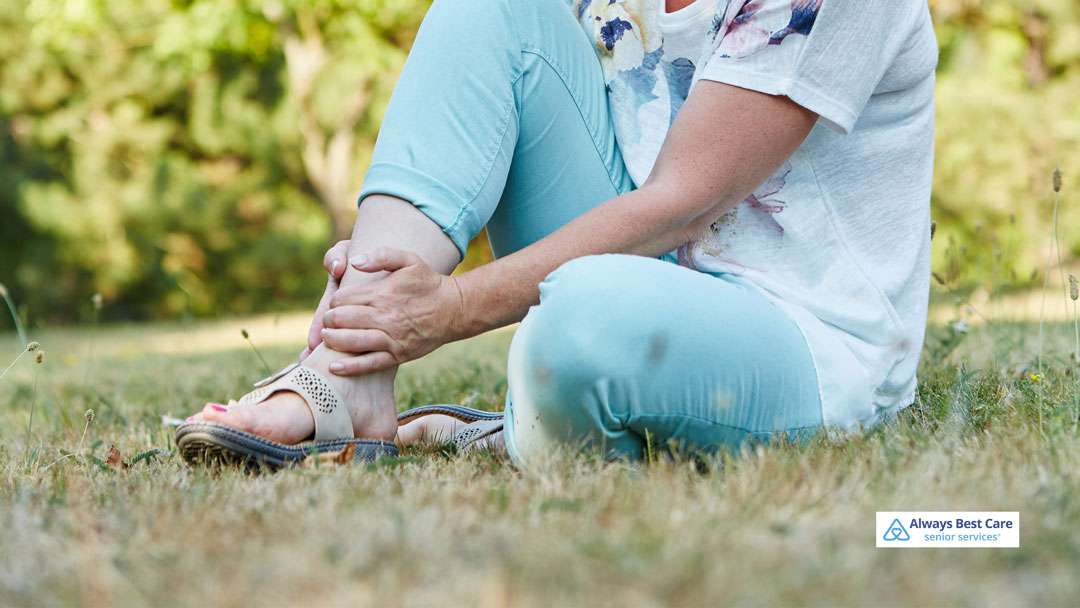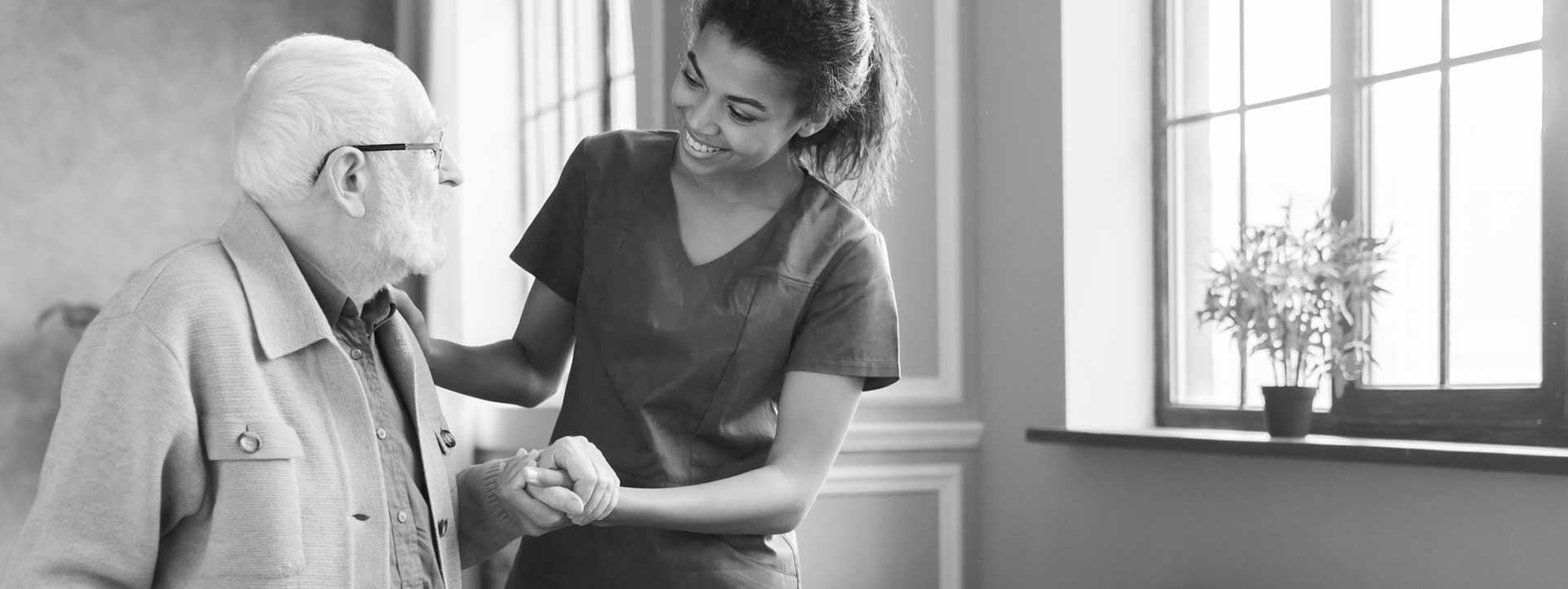On Your Feet: Common Foot Problems for Seniors

Your feet go through the wringer over the years. They’re complex structures—packed with 26 bones and 33 joints, not to mention a whole network of muscles, tendons, and ligaments. It’s pretty amazing how all these parts work together to keep you moving. But as time passes, your feet change, and not always for the better. These changes can mess with your comfort and make getting around a lot harder.
The skin and fat pads on the feet thin out as we age, reducing cushioning and protection. Additionally, circulation diminishes, and sensations may decrease, making feet more vulnerable to injuries such as twisted ankles, fractures, blisters, or cuts. Each of these conditions can severely affect a senior’s mobility and quality of life, making foot care a crucial aspect of overall health.
Table of Contents
Inspect Your Feet Daily
Inspecting your feet daily is a small task that can prevent significant health issues. Use a long-handled mirror to view every angle of your feet or enlist the help of a family member or caregiver. This daily check-up should include looking for changes in color, texture, or sensation and spotting any cuts, sores, bruises, blisters, or swelling that could signal health problems.
Move Your Feet
Staying mobile is vital. Regularly rotating your ankles, stretching your feet, and walking can significantly improve circulation and reduce swelling. Simple movements help maintain flexibility and prevent stiffness, while a gentle foot massage can soothe sore muscles, decrease edema, and stimulate blood flow.
Keep Nails Trimmed
Keeping toenails trimmed is essential to prevent pain and mobility issues like ingrown toenails. Trimming nails after showering or bathing when they are softer and soaking feet in warm water can make the process easier. Pay attention to changes in your nails, such as brittleness, thickening, or discoloration, which can indicate other health issues.
Use a Moisturizer
Applying a hydrating lotion post-bathing can significantly improve your skin’s moisture retention. Special creams for dry, cracked, or callused feet can also help smooth and soften rough patches, ensuring your feet stay healthy and comfortable.
Wear Fitting Shoes
It can be tempting to wear the same shoes you’ve had for years, but they can become worn. Wearing well-fitting shoes is critical, as poorly fitting shoes can cause blisters, sores, and other painful issues. As you age, your feet can change in size, necessitating periodic reassessments of your shoe size and fit. Shoes should be snug but not tight, with a firm sole for stability and good traction to reduce the risk of slips and falls.
Be Proactive about Your Foot Health
Do not ignore changes or pain in your feet. Discuss any issues with your doctor to receive appropriate care and treatment. An in-home caregiver can assist with daily foot care routines, such as moisturizing, nail trimming, and inspections for abnormalities. They can also help schedule doctor appointments and ensure transportation, creating a safer living environment. Contact Always Best Care Oakville at +1 647-697-5869 to schedule a free consultation and learn more about how you can benefit from in-home care.





